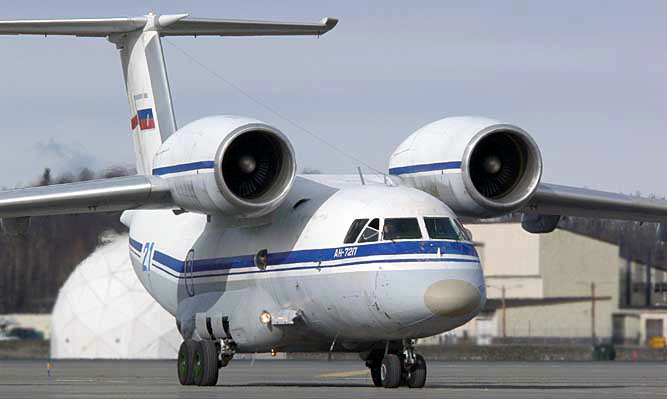jonnyjetprop
Cleared for Takeoff
I'll take a stab at your question.
Looking at just asking prices on controller.com, I'm seeing several 2010 FIKI Cirrus that are running around $450,000. These are all Gen 3 planes. Now look at the bottom of the G2 planes with TKS (remember that they didn't have FIKI back then), I'm seeing prices around $200,000 for a 2004. So you're looking at loosing 41,000 per year in value. We can argue that this off, but it's a cocktail napkin wag.
The operational cost of a twin are higher than a Cirrus. We can argue how much, but no one will tell you different.
So, we can look at this a couple of ways. If you fly 200 hrs per year (this is on the high side), depreciation will run you $205 per hour. Is it worth it to you to spend $200 per hour to fly a newer plane or not.
So many things depend on condition, but I'd argue that the average Cirrus will have better over all dispatch reliability over the average twin.
What's the operational cost per hour of either? I'll leave that to others that have first hand knowledge.
Therefore the true cost delta is:
Cirrus hourly cost + $205 vs. the twin hourly cost
I won't get into the single vs. twin debate because you didn't ask.
Looking at just asking prices on controller.com, I'm seeing several 2010 FIKI Cirrus that are running around $450,000. These are all Gen 3 planes. Now look at the bottom of the G2 planes with TKS (remember that they didn't have FIKI back then), I'm seeing prices around $200,000 for a 2004. So you're looking at loosing 41,000 per year in value. We can argue that this off, but it's a cocktail napkin wag.
The operational cost of a twin are higher than a Cirrus. We can argue how much, but no one will tell you different.
So, we can look at this a couple of ways. If you fly 200 hrs per year (this is on the high side), depreciation will run you $205 per hour. Is it worth it to you to spend $200 per hour to fly a newer plane or not.
So many things depend on condition, but I'd argue that the average Cirrus will have better over all dispatch reliability over the average twin.
What's the operational cost per hour of either? I'll leave that to others that have first hand knowledge.
Therefore the true cost delta is:
Cirrus hourly cost + $205 vs. the twin hourly cost
I won't get into the single vs. twin debate because you didn't ask.
I'm trying to compare the safety, costs, and dispatch rate of two different aircraft types that could meet my mission objectives. I live in Minnesota (FCM) and would like to use a personal aircraft to transport me around the US (primarily East of the Rockies) year round, figure 200 hours per for ten years, mostly just me and maybe one other person (I'm not very worried about useful load).
The types I'm considering are an older FIKI twin e.g., Baron or Seneca II versus what I'm assuming would need to be a newer FIKI single e.g., SR-22.
My first question is about capability and dispatch rate: how would the planes compare? I realize neither plane can handle all the weather I'll encounter up here between icing and convective; I assume the extra engine degrades dispatch rate, but by how much?
My second question goes to total cost: I know FIKI Cirrii have a lot of depreciation left on them; so including depreciation (assuming I sell after ten years), insurance (I'm a 200-hour ASEL & instrument-rated), initial and recurrent training, and operating costs, how do the types compare, and what am I missing (NextGen upgrades come to mind)? I'm wondering how what I'm assuming is the higher operating cost of a twin compares against what I'm sure is the higher depreciation of a FIKI SR-22.


